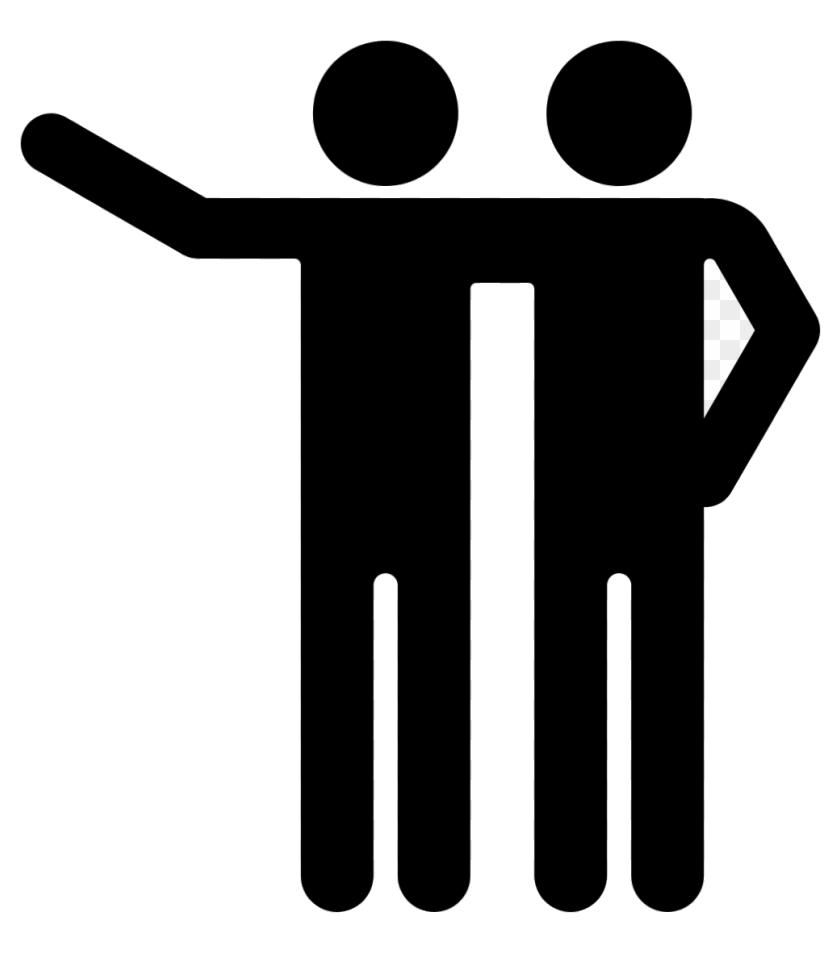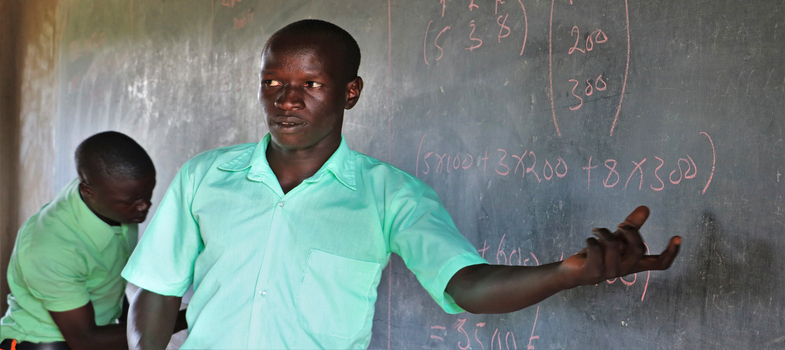Desired learner behaviour
If learners do not behave the way a teacher expects them to, punishment is commonly used to achieve desired behaviour. Learners are commonly punished for giving wrong answers, failures, coming late, truancy, vulgar language, etc. Most forms of punishment hurt, embarrass and frustrate learners rather than discipline them. Therefore, punishment is not the best way of inculcating discipline because discipline backed by punishment leads to hostility and depending on adult authority to behave.

However, where punishment cannot be avoided, it should be equitable to the offence committed with a genuine desire to teach the learner self-control and good behaviour. It should be appropriate to the age and character of the learner as well as the change of behaviour desired. A teacher who uses consistent discipline strategies exhibits more effective classroom management than an inconsistent teacher. This is because classroom discipline refers to the strategies a teacher uses to manage learner behaviour and attitude during instructional time.
Alternative for desired behaviour of learners
As most forms of punishment embarrass and frustrate learners rather than discipline them, teachers must look at alternative means to achieve desired behaviour of learners.
Guidance and counselling will make the learner feel cared for, valued and loved; isolation will cause sense of embarrassment and guilt leading to behaviour reform; changing position in class to minimize bad influence and peer pressure; assigning leadership roles to stubborn learners will lead to create a sense of responsibility. Depriving interest, while others engage in something interesting or are set free will make the learner think through their misconduct.
Discipline is essential and cannot be separated from teaching. For the most part, how you teach will determine behaviour, for instance:
A flexible, classroom set up
Discipline as feedback and as learning
Peer involvement in rules and enforcement
Class meetings emphasizing the affective dimension of the classroom
Pairing, partners, and cooperation
Adding movement, music, humour, and "chance" elements to the lessons
The teacher as a model Rewarding learners
